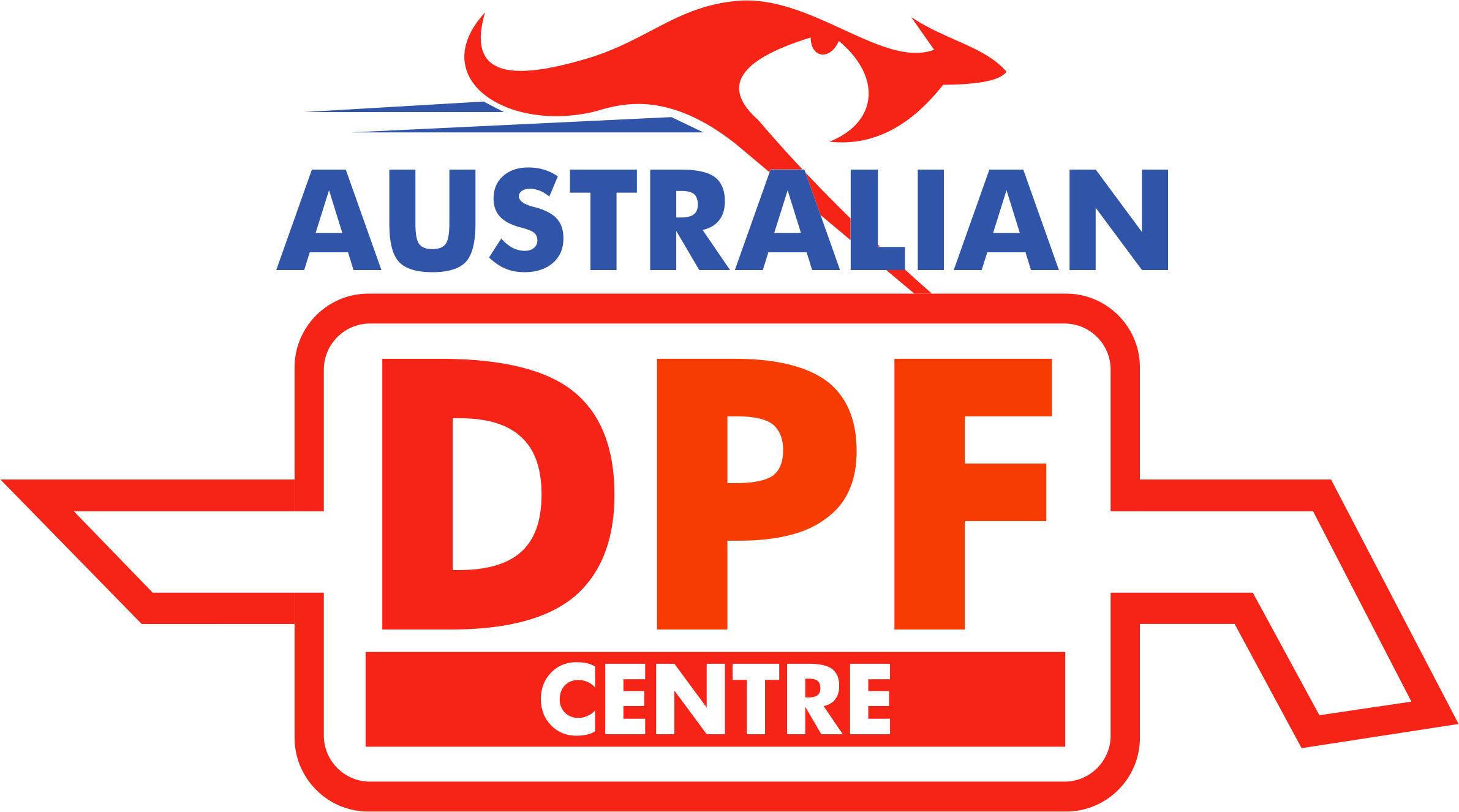FAQs

Australia Wide Coverage

Experienced Vehicle Technicians

Same Day Service
What Is A Diesel Particulate Filter (DPF)?
Diesel particulates are from the incomplete combustion of diesel fuel, which produces soot particles. Soot and other particles from diesel engines worsen the particulate matter pollution in the air and are harmful to health.
Although particulate filters are very effective in dramatically reducing the amount of particulates emitted from diesel vehicles, most filters need to burn the trapped particulates off fairly regularly, known as regeneration.
Why Are DPFs Used?
Why does the DPF need to regenerate?
To allow the DPF to automatically regenerate, the engine should be used regularly at a sufficient speed, to ensure a high enough temperature of the exhaust gas is reached. Although it may vary from manufacturer to manufacturer, typically a vehicle must be driven at 90kmh or above for at least 20 minutes in order to automatically regenerate the filter. During the regeneration phase, high temperatures in the filter may cause a slight smell, especially during the first regeneration.
What causes DPF to get blocked?
Other most common reasons for DPF failures include a clogged EGR Valve causing excess soot, faulty fuel injectors sending too much fuel to the air/fuel mixture, wrong type of engine oil, high mileage car will find regeneration harder, low fuel level – generally less than a quarter of a tank – will prevent regeneration taking place.
DPFs are designed to last in excess of 100,000 km but if the drivers fail to operate the vehicle correctly, it will fail a lot earlier.
What to do if warning lights are on my dashboard?
If your warning light continues to stay on, turns red, or additional DPF lights come on, do not leave it too long before getting it checked by a specialist.
More damage can be caused this way and what could be an inexpensive fix can become something much more expensive.
Some workshops can clean blocked DPFs, in a process called forced regeneration but this is found to be a temporary fix and just masks the problem for a period of 2-4 weeks and the same issue will occur again. Failure to correctly fix the issue that is the cause of most diesel particulate filter issues: they become blocked more and more which increases exhaust emissions, stifles engine performance and sometimes even puts the car into a restricted ‘limp-home mode’. On some models the engine may not restart after a number of miles, constantly driving with a blocked DPF can cause further damage to components causing real problems
Is Removing Your DPF A Solution?
What is the cost of replacing a blocked DPF?
How To Keep Your DPF Clean?
What are my options rather then replacing my DPF?
With our state-of-the-art equipment, we offer DPF cleaning to get you on your way again, fast. Whether it be a van, a car or a truck, our specialist equipment is capable of identifying your DPF’s performance and bringing its levels of soot and matter back down to an immaculate clean. We will even provide you with the before and after results to show you our work that has saved you money in the long term.
